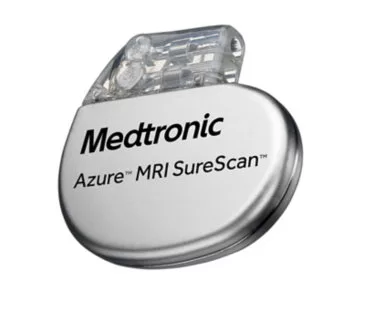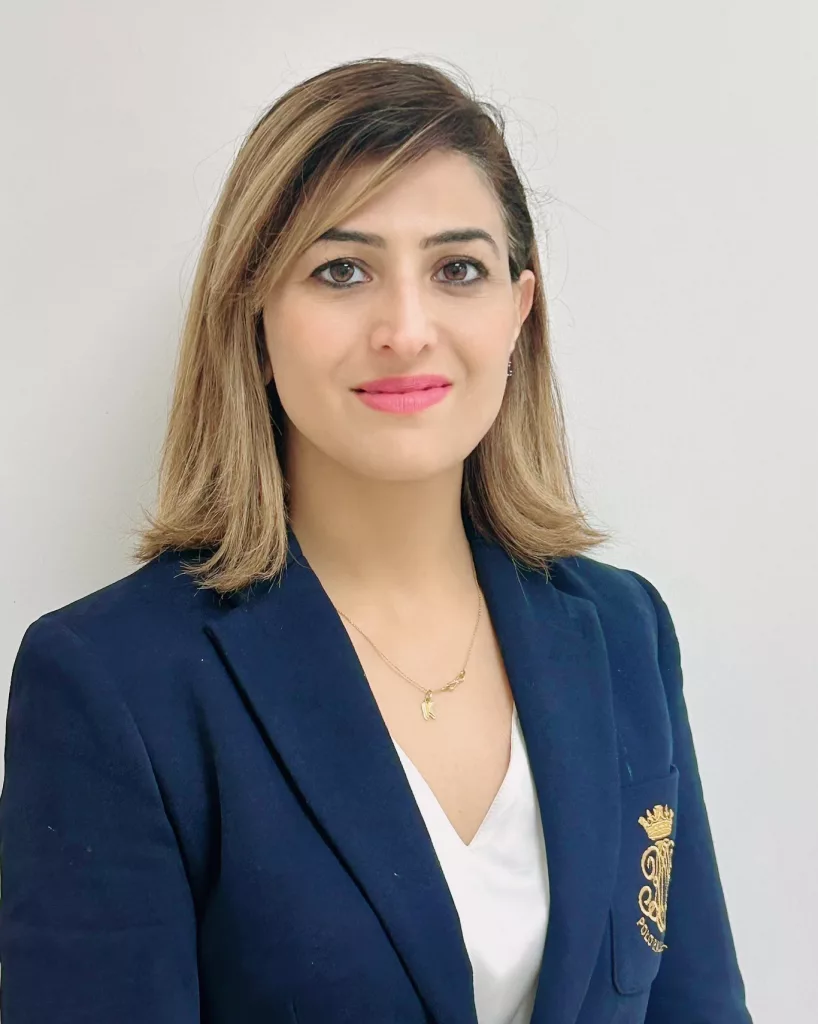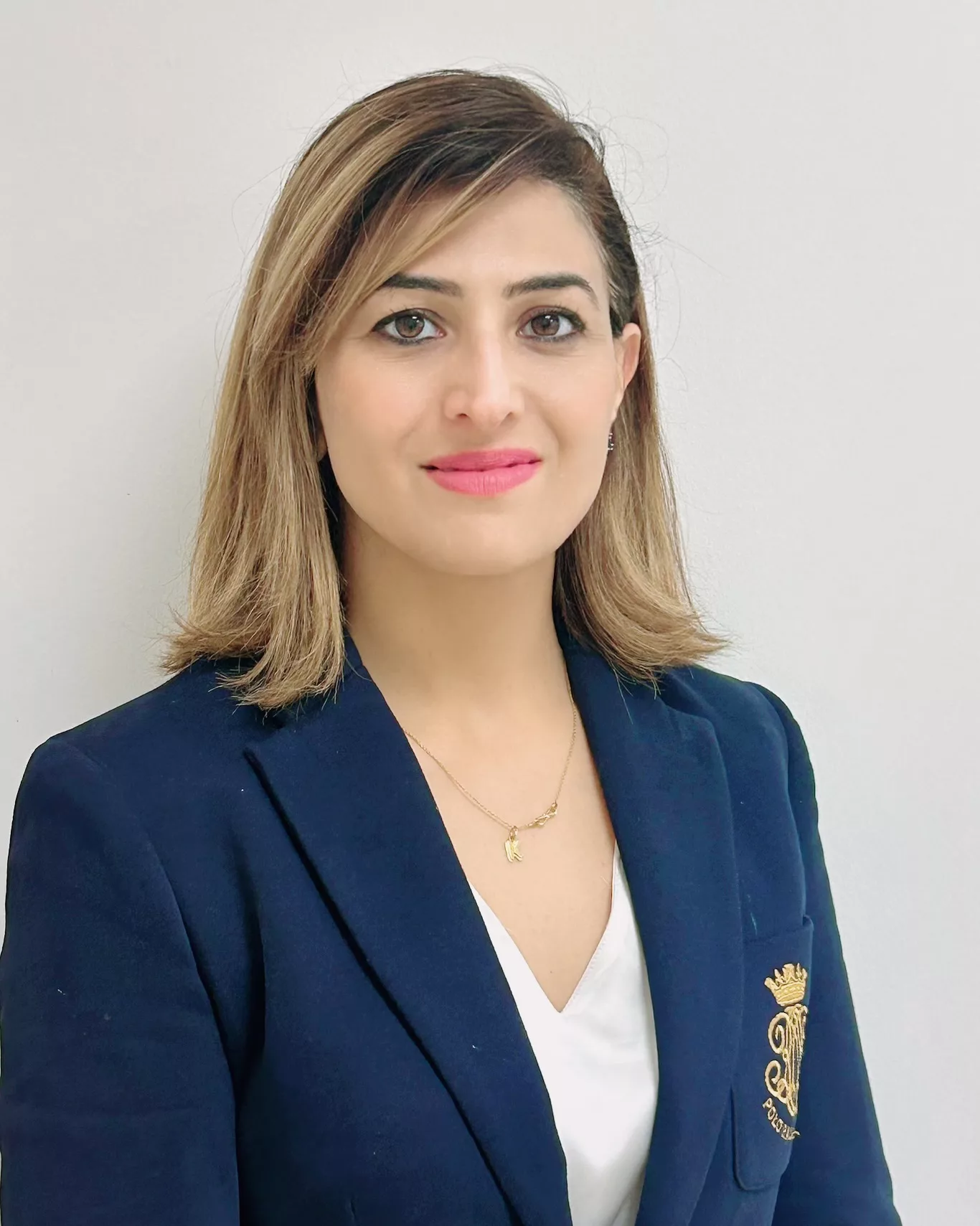Understanding Your Heart Device Procedure
Information on Pacemakers, Cardiac Resynchronisation Therapy (CRT), and Conduction System Pacing (CSP)
Why Might I Need a Heart Device?
Your heart’s rhythm is controlled by an internal electrical system. If this system becomes faulty, it can result in symptoms such as a slow heartbeat, dizziness, blackouts, shortness of breath, or worsening heart failure. If these problems are detected on your ECG or heart scans, your doctor may recommend a device such as a pacemaker, CRT, or conduction system pacemaker to help regulate and support your heart’s rhythm and pumping function.
1. Pacemaker Implantation

A pacemaker is a small, battery-powered device implanted under the skin, usually just below your collarbone. It is connected to the heart through one or two thin wires called leads. The pacemaker continuously monitors your heartbeat and sends electrical signals when it detects that the heart is going too slowly or pausing.
Common reasons for a pacemaker include:
- Bradycardia (slow heart rhythm)
- Heart block (a delay in the heart’s electrical signals)
- Unexplained blackouts or dizziness
The Procedure:
- Usually performed under local anaesthetic with light sedation
- A small incision is made below the collarbone
- Leads are passed through a vein into the heart using X-ray guidance
- The pacemaker is connected to the leads and implanted under the skin
- The procedure typically takes 60–90 minutes
- Most patients can go home the same or next day
Recovery:
You’ll need to avoid heavy lifting or raising your arm fully on the side of the implant for a few weeks. Regular follow-up is essential to monitor the device’s settings and battery life.
2. Cardiac Resynchronisation Therapy (CRT)
CRT is a more advanced type of pacemaker, designed specifically for patients with heart failure and a delayed or uncoordinated heartbeat. Instead of one or two leads, CRT devices have three leads – one in the right atrium, one in the right ventricle, and one placed through a vein to stimulate the left side of the heart.
This coordinated stimulation helps both sides of the heart beat together, improving the heart’s efficiency and reducing symptoms.
CRT is recommended if you have:
- Heart failure with reduced pumping function (low ejection fraction)
- A specific ECG abnormality, such as left bundle branch block
- Symptoms despite medication, such as breathlessness or fatigue
The Procedure:
- Similar to a pacemaker but more complex due to the additional lead placement
- May take up to 2 hours
- You’ll stay in hospital for observation and device checks
- Echo and ECG may be repeated after a few months to assess improvement
CRT can improve quality of life, exercise tolerance, and in some cases, survival.
3. Conduction System Pacing (CSP)
Conduction system pacing is a newer, more natural method of pacing. Rather than stimulating the heart muscle directly (as in traditional pacing), CSP targets the heart’s native conduction system—the His bundle or left bundle branch—to activate the heart in a way that closely mimics normal physiology.
When is CSP used?
- As an alternative to traditional pacemakers
- In patients who require lifelong pacing
- When CRT leads cannot be positioned optimally
- For patients with bundle branch blocks or needing more physiological pacing
CSP may be delivered alone or as part of a CRT system (His-CRT or LBB-CRT). It requires specialist training and expertise, which Dr Monga can offer as part of your care.
Benefits of CSP:
- More natural heart activation
- Lower risk of pacing-related complications
- Improved heart function in selected patients
Your Care After the Procedure
Following implantation, you will have:
- A wound check and dressing change after 1 week
- Regular device follow-ups in clinic or via home monitoring
- Advice on physical activity, driving, and daily care
Most patients experience improvement in their symptoms and quality of life. If you have any questions or concerns, Dr Monga and her team are here to support you.
Further Information & Standards
For detailed patient information, British Heart Foundation (BHF): Offers visually engaging, patient-focused resources on pacemakers and CRT, helping you understand how devices support your heart
plr.cht.nhs.uk+13British Heart Foundation+13nhs.uk+13
Author’s biography

Dr Shveta Monga
Consultant Cardiologist
MBBS, MRCP, DPhil (Oxon)
Specialist Interests:
Cardiac Devices | Cardiomyopathy & Inherited Cardiac Conditions | Cardiac MRI
Dr Shveta Monga is a highly qualified Consultant Cardiologist with extensive experience in managing a wide range of heart conditions. She has particular expertise in cardiac devices, inherited cardiac conditions (ICC), and advanced cardiac imaging, including Level 3 accreditation in cardiac MRI (SCMR). She holds a DPhil in Cardiovascular Medicine from the University of Oxford, where her research focused on cardiac energetics in aortic stenosis.
She is BHRS-accredited in cardiac devices and performs complex implant procedures including cardiac resynchronisation therapy (CRT), conduction system pacing, and subcutaneous ICDs. Her clinical interests include cardiomyopathies, arrhythmias, heart failure, and sudden cardiac death prevention. She regularly treats patients presenting with palpitations, chest pain, dizziness, breathlessness, and unexplained blackouts.
Dr Monga is committed to evidence-based, up-to-date clinical practice, ensuring that patients benefit from the latest advances in cardiac care—particularly in ICC pathways, genetic testing, and innovative pacing therapies. She is actively involved in research and service development and leads a local hub-and-spoke model to improve access to ICC care in partnership with tertiary centres.
Dr Monga currently works as Consultant Cardiologist at Great Western Hospitals NHS Trust and an Honorary Consultant at Oxford University Hospitals with active involvement in clinical research, teaching, and service development. Dr Monga is widely published and has received multiple awards from national and international cardiology societies for her research and clinical leadership.



Leave feedback about this